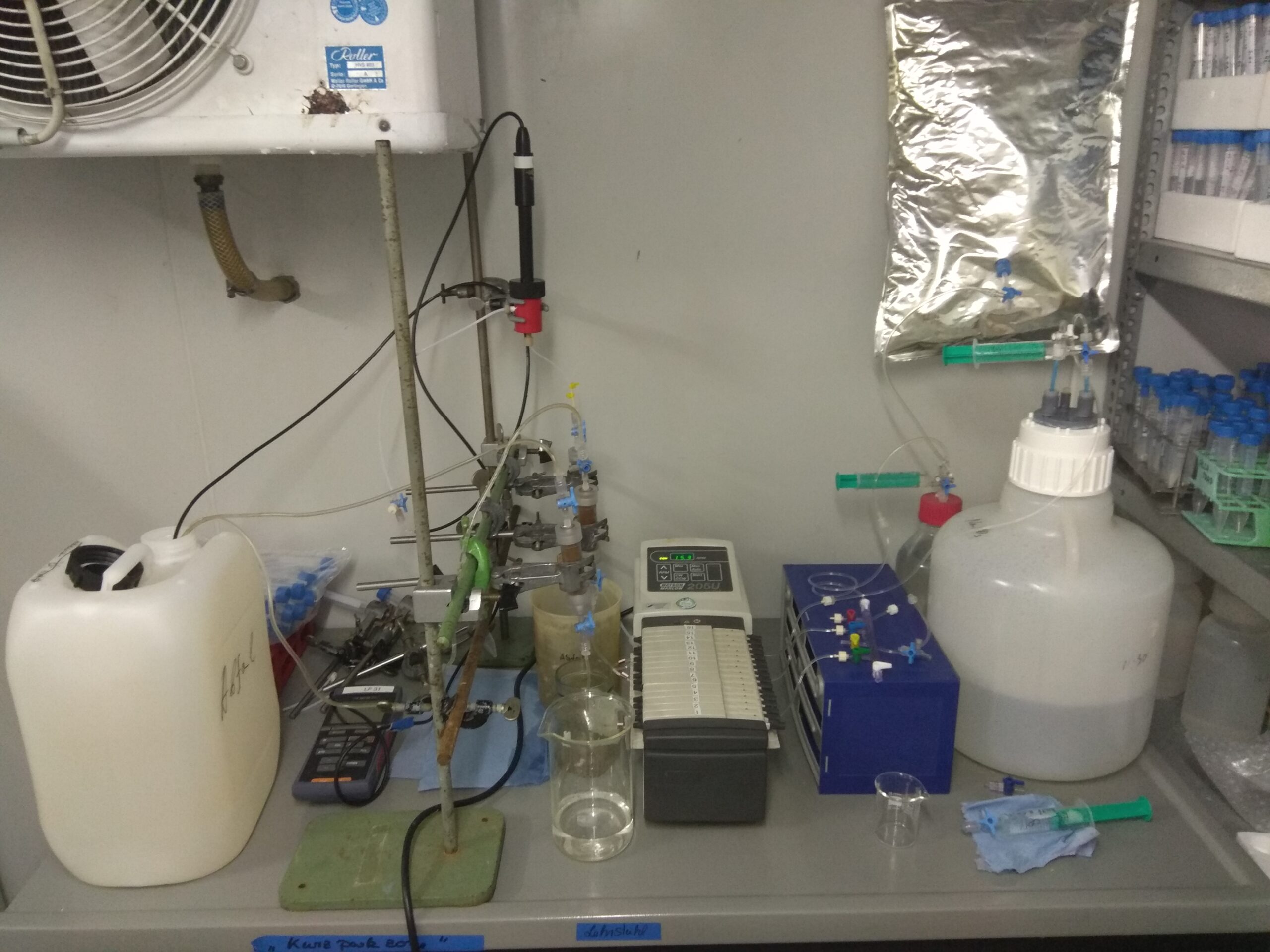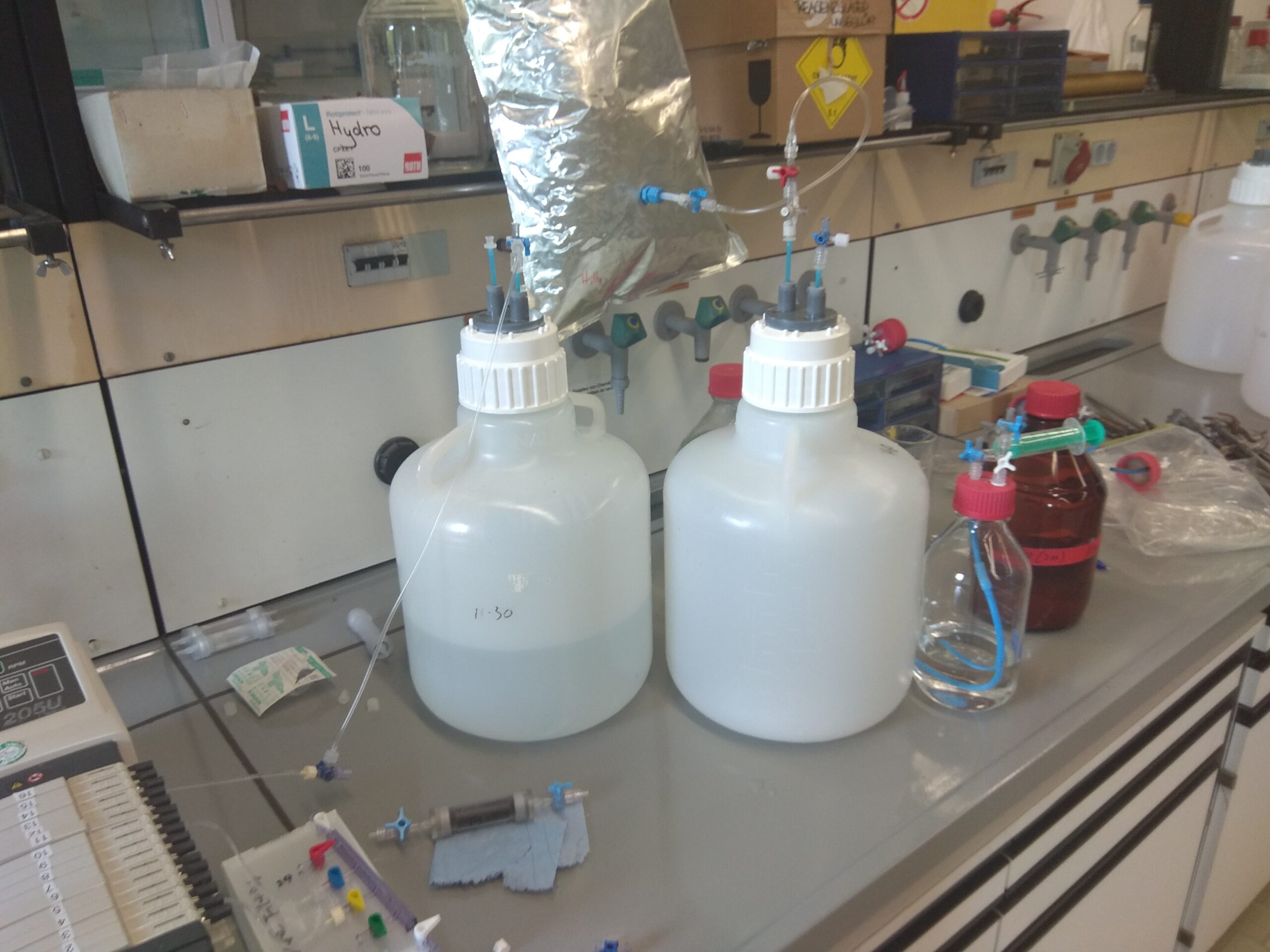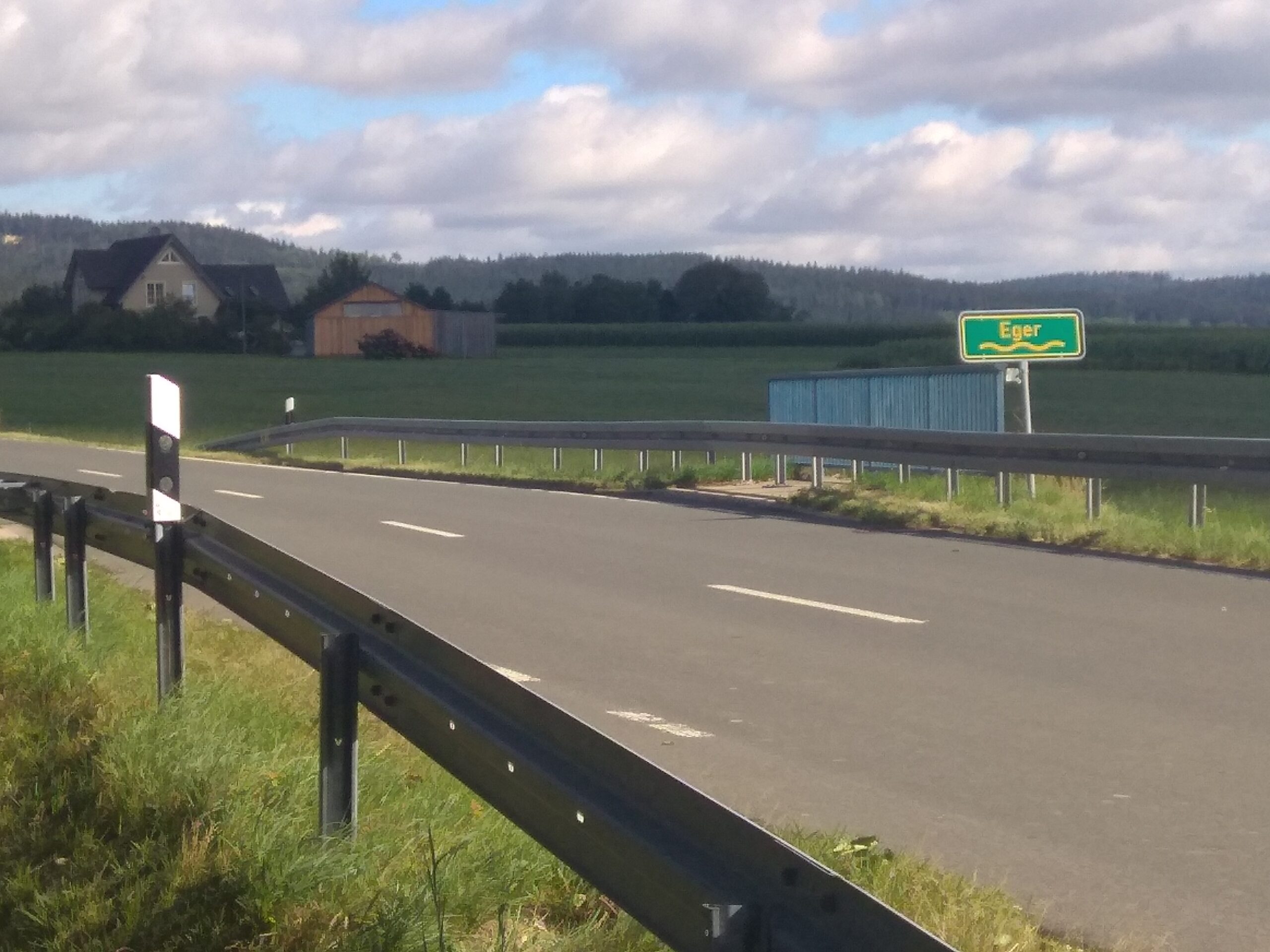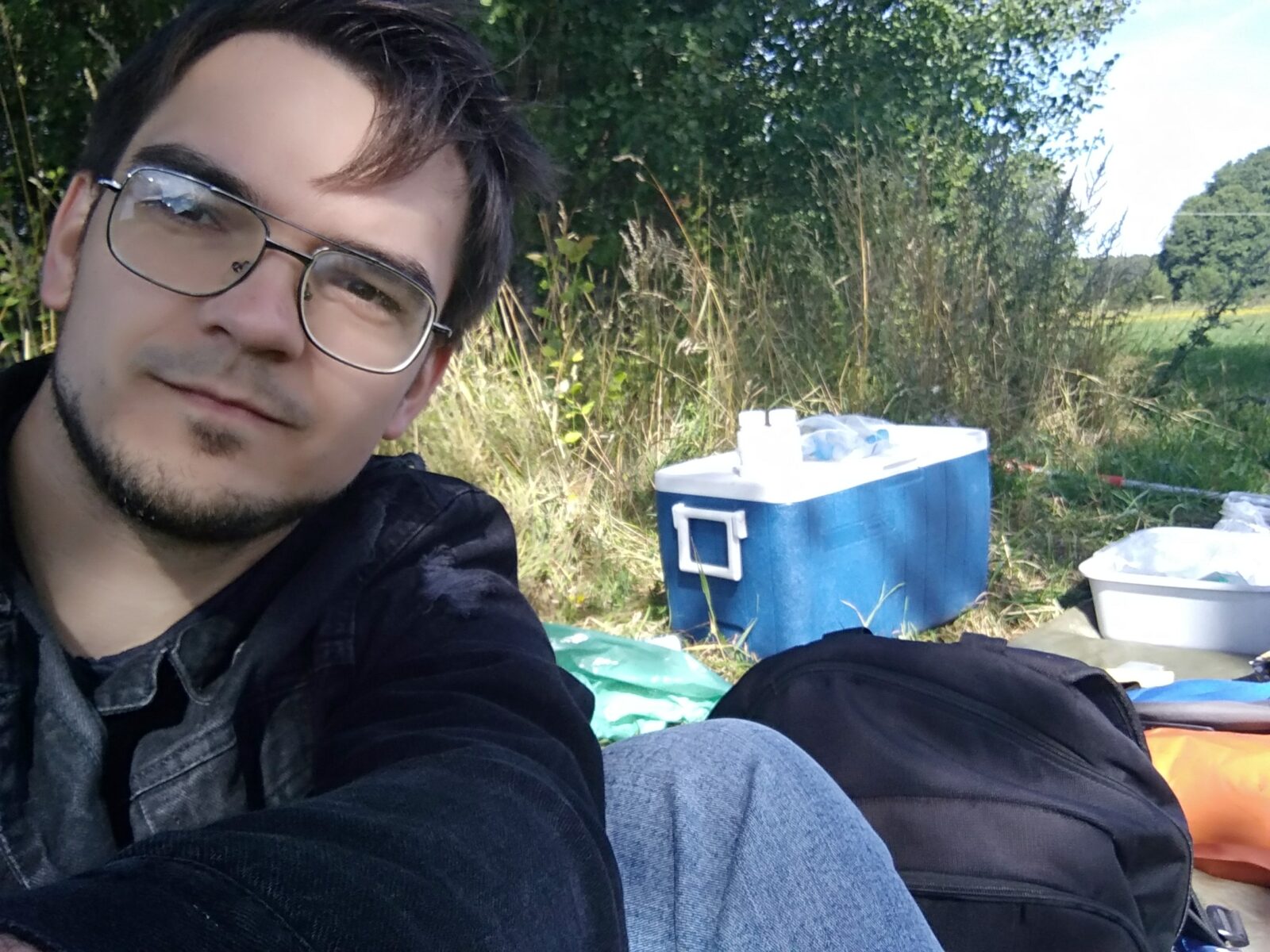Blogs
Water fun at UBT
Greetings everyone!
In this blog post I would like to share my impressions from my first secondment, which took place at the University of Bayreuth.
The task of this secondment was to test filter-stable materials by means of column experiment with the water from the field site in Weißenstadt (Voitsumra).

At the field site (Voitsumra)
Although this wasn’t my first time visiting University Bayreuth, it felt like it actually was. Therefore, when I have arrived to the university, I had to undergo my beloved administrative procedures and meet the hydrology group of Bayreuth University lead by Prof. Dr. Stefan Peiffer, who is my co-supervisor in the P-TRAP project.
In order to start the column experiment we have collected water from the field site, loaded the columns and did preliminary preparations, which are trace experiments. Loading the columns was not hard, although I have learned a new way of loading, rather than conventional dry loading. Initially I had a brief instruction and a guide on how to do the trace experiment. Using a 0,01 M NaNO3 solution I have managed to aсquire breakthrough curves, which could serve as an indicator of a proper work of the loaded columns. After obtaining the breakthrough curves (BTC) it was time to start real experiment with the real water. This is where the fun begins J

Prototype of experimental column setup
With the help of Jutta Eckert, a very experienced technician, we have managed to construct the first prototype of the column setup. Initially, the column setup included 3 columns with different sorbent materials. It would require around 30 L of water per week, so that we would have to collect it into containers every week in enough quantities.
Even though our task is to preserve phosphorus from waters, maintaining initial conditions and properties experimentally is important and extremely hard. The major challenge of ours was that the phosphorus precipitates within time after being collected from the well at the field site. We have tried several solutions in order to maintain initial conditions and chemistry of water: setup was installed in the cooling room (around 6°C), used nitrogen bags in order to keep inlet containers in oxygen free atmosphere.

Water containers to feed the column with the water from the site
Despite our efforts we could not prevent eventual precipitation of phosphate in the system. The results indicate that dissolved phosphorus is being removed from the system in the outlet, which gives us hope, that the produced filter-stable materials are capable of P-removal. On the other hand dissolved P is not always present in the inlet, meaning that phosphates are precipitated before entering the system. Although, this leaves us without true evidence of proper adsorbent work, this also enhances some of the ideas for the P-TRAP system, which we had in mind for some time yet and we have an intention to include them to the design of the P-TRAP system. For the moment we are gathering more data on sorption capacity of materials with the model solutions and we plan more tests in the future at the field-site, when P-TRAP system is designed and implemented.

The road on the bridge above river Eger
To conclude my blog post on secondment in Bayreuth University I would really like to acknowledge people of Hydrology department of Bayreuth University, who helped me with all the experimental and other essential life situations during my stay in Bayreuth. Special thanks to Dr. Prof. Stefan Peiffer, Jutta Eckert, ESR1 Xingyu Liu and ESR 9 Karel As who were helping and guiding me with special commitment J
Remember. Being a scientist means failing sometimes, so that you would have the experience and knowledge to proceed with your studies but with another approach in the future.
Stay positive and healthy,
Cheers,
Alex

